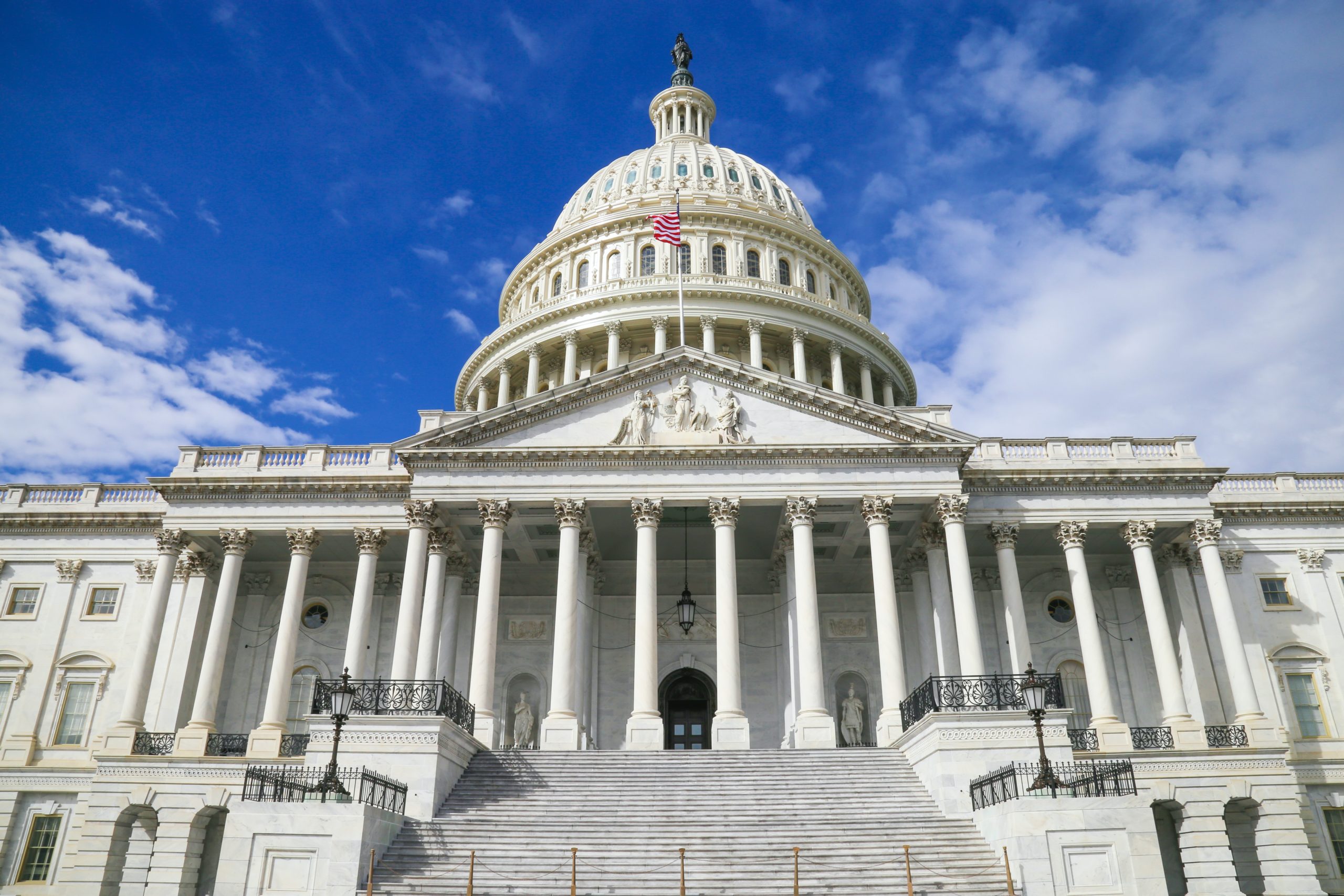Good News! Last night, the Senate passed H.R. 7010, the Paycheck Protection Flexibility Act, which passed the House last week. The President is expected to sign the bill very soon.
What does this mean for you? Well… this new legislation addresses some of the original problems business owners had with the PPP program that was rolled out as part of the original stimulus package.
As the name suggests, the primary goal of the resolution is to provide more flexibility in terms of both usage requirements, as well as the forgiveness process.
THE ORIGINAL PPP PROGRAM
Originally, the PPP loan had to be spent within an 8-Week period, and non-payroll expenses were limited to 25% of the funds. Also, regulatory guidance sets a four-part test for borrowers seeking maximum loan forgiveness if they could not hire back all FTEs:
- Written offer for same wage/hours,
- Rejection of offer,
- The employer maintains these records,
- Employer submits a report of this rejection to state unemployment office within 30 days
Additionally, the original PPP loan had a locked-in rate of 1% and a two-year loan term. PPP borrowers were not able to deduct payroll tax expenses that would otherwise be deductible if they use the PPP loans to cover the expense and the loan is forgiven.
The Paycheck Protection Flexibility Act
The Paycheck Protection Program Flexibility Act (H.R. 7010) makes significant improvements to the original Paycheck Protection Program (PPP) and has the full endorsement of the National Restaurant Association and our 52 State Restaurant Association partners.
The legislation recognizes the gradual recovery for restaurants over the next year and reflects the flexibility that restaurants need to safely and successfully reopen. This bi-partisan agreement seeks to support small businesses as we undergo our economic recovery, as well as increase confidence
THE COVERED PERIOD
As opposed to the original 8-week period, PPP loan funds can now be spent within 24 weeks, as 16 weeks would be added to the PPP’s eight week period, or, a borrower can select that the PPP funds be spent until Dec. 31, 2020, the end of any covered period per the Act.
PAYROLL V. NON-PAYROLL EXPENSES
Originally, you could only spend 25% of your PPP funds on “Non-Payroll” expenses in order to be eligible for loan forgiveness.
With this new bill, you can now allocate up to 40% of your PPP loan to “Non-Payroll” expenses.
** Common non-payroll expenses are rent, mortgage payments & utilities**
LOAN FORGIVENESS REDUCTION FOR FULL-TIME EQUIVALENT (FTE) EMPLOYEE RETENTION OR RECRUITMENT
The first roll-out of the PPP included several mandates regarding the retention and hiring of full-time employees.
This new bill ensures that now, loan forgiveness will not be reduced due to a lower number of FTEs if an employer:
1) Is unable to rehire a previous employee
2) Shows an inability to hire “similarly qualified employees” before Dec. 31, 2020
OR
3) Shows that they are unable to return to the “same level of business activity” as prior to Feb. 15, 2020, due to new standards for sanitation, social distancing, or any other safety requirements.
This was a major concern for many business owners who have not been able to operate at capacity, or have had severe restrictions on their operational capabilities.
LOAN TERMS
As opposed to the original 2-year term with a 1% fixed rate, New PPP loans, disbursed after enactment of the Act, will have five-year loan terms.
For previous PPP loans, the Act notes that nothing will “prohibit” lenders and borrowers from “mutually agreeing to modify the maturity terms of a covered loan.”
PAYROLL TAX DEFERMENT
When the PPP launched, borrowers were not able to deduct payroll tax expenses that would otherwise be deductible if they use the PPP loans to cover the expense and the loan is forgiven.
Arguably the most important change: PPP borrowers will now have full access to payroll tax deferment.
In summary, this new legislation is inarguably a great benefit to the small business community, especially those of us who have received a loan from the Paycheck Protection Program and plan on applying for forgiveness.
Navigating this uncharted territory can be difficult, we’re here to help.
Contact Us if you have any questions or need assistance!





